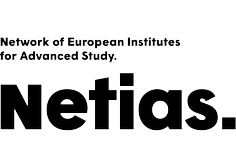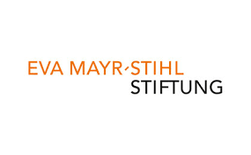Prof. Dr. Debabrata Maiti
Department of Chemistry
Catalysis
External Senior Fellow
Juni - August 2023
CV
I am Prof. Debabrata Maiti currently institute chair professor in the department of chemistry, IIT Bombay since. My group works on diverse fields starting from bioinspired catalysis, metal-mediated defunctionalizations, photocatalysis, lignin valorization, heterocycle synthesis, and olefin functionalization. Although my prime research focus is metal catalysed C-H activation, we have also developed metal mediated halogenations by vanadium oxoperoxo species and direct halogenation by non-heme biomimetic iron-oxo complexes. In recent times, Maiti group is pursuing research fields of artificial metallo-enzymatic methodologis. Additionally, DM group have developed new methods to construct biologically active heterocyclic core. We also closely work with research-focused companies aiming at new drug discovery, agrochemicals and materials. Based on our recent discoveries on distal C–H functionalization, “Maiti-Bera-Modak Auxiliary” is now commercially available from Sigma-Aldrich (product number 798193) and “Maiti-Bag Auxiliary” from TCI.
Publikationen (Auswahl)
Goswami, N.;† Sinha, S. K.;† Mondal, P.; Adhya, S.; Datta, A.; Maiti, D. Chem 2023 (ASAP) https://doi.org/10.1016/j.chempr.2022.12.018
Maiti, S.; Li, Y.; Sasmal, S.; Guin, S.; Bhattacharya, T.; Lahiri, G. K.; Paton, R. S.; Maiti, D. Nat. Commun., 2022, 13, 3963.
Saha, A.;† Guin, S.;† Ali, W.; Bhattacharya, T.; Sasmal, S.; Goswami, N.; Prakash, G.; Sinha, S. K.; Chandrashekar, H. B.;Panda, S.; Anjana, S. S.; Maiti, D. J. Am. Chem. Soc., 2022, 144, 1929.
Porey, S.; Zhang, X.; Bhowmick, S.; Singh, V. K.; Guin, S.; Paton, R. S.; Maiti. D. J. Am. Chem. Soc, 2020, 142, 3672.
Kankanala, R.; Biswas, J. P.; Jana, S.; Achar, T. K.; Porey, S.; Maiti, D. Angew. Chem. Int. Ed., 2019, 58, 13946.
FRIAS Projekt
Design of Chiral Templates for Enantioselective Distal C-H Functionalizations
Nature has developed several fascinating enzymatic pathways for proximal and distal site selective C-H functionalizations to create diverse bioactive molecules possessing chiral centers. In the realm of practical chemistry, synthetic endeavors involving directing templates in conjunction with chiral ligands have been attained majorly focusing on enantioselective proximal functionalizations. However, this strategy falters on many aspects for targeted distal locations. Their distal locations restrict the formation of stable metallacycle owing to the geometric strain. Thus, targeting a C–H bond which is distant from existing functional groups is itself a significant challenge. Different research groups including ours have come up with different strategies (both covalent and non-covalent approaches) that make the way for meta-C−H functionalizations of electronically unbiased arenes in the current context of organic synthesis. However, it is necessary to take this avenue to a stage where they can be routinely applied to access enantiomerically rich pharmaceuticals and agrochemicals. The current proposal aims to address the lack of knowledge and exploration in the domain of asymmetric distal functionalizations of arenes by harnessing non-covalent interactions. The execution will be made by synthesis of chiral templates that can behold the substrate through H-bonding, ion-pair interaction, anion-π interaction and frustrated Lewis pair interaction. The chiral binding pocket of the template is expected to hold the bound substrate in a particular orientation and enable the directing group attached to the template to selectively functionalize a meta-C-H bond leading to generation of chirality in the molecule via desymmetrization process. The enantioselective reactions of distal carbon–hydrogen (C–H) bonds by asymmetric metallation should provide potential routes for the construction of relevant drugs and natural products or even can be used to diversify drugs.





